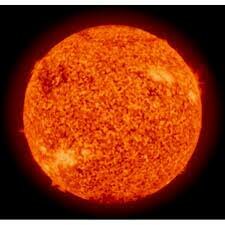When is the sun highest in the sky? Every year, it occurs around June 21. That day, the sun’s noon position in the sky is at its highest altitude of the year, and the sunrise and sunset positions of the sun are the farthest north of the year. This is also called the summer solstice.
The sun appears at its highest height on the summer solstice, and its noontime position remains nearly unchanged for several days before and after the summer solstice.
The summer solstice is the longest day of the year. As the seasons change, the sun reaches its greatest position at a variety of times, not just at noon every day.
Let’s dig a bit deeper into the concept of solstices.


Solstices and Equinoxes
As explained earlier, the solstice is a time in the Earth’s orbit when the tilt of the Earth’s axis is most directly inclined towards or away from the sun.
On the other hand, the equinox is the time of year when the sun appears in the sky at the point where the ecliptic intersects the celestial equator.
The Earth’s four seasons—spring, summer, autumn, and winter – are created by the 23.5º tilt of its axis as it circles the sun.
Now that I have already discussed the summer solstice let us look at the other solstices and equinoxes.
When is the sun highest in the sky?
Winter Solstice
In the northern hemisphere, the winter solstice occurs around December 21, when the sun is lowest in the sky at noon and rises and sets farthest south. The winter solstice is the shortest.
Autumnal equinox
The fall or autumnal equinox occurs in September when the sun crosses the celestial equator and is halfway between the solstices, and night and day are of equal length.
Spring or vernal equinox
The spring or vernal equinox occurs in March when the sun crosses the celestial equator again and is halfway between the solstices, and night and day are of similar duration.
